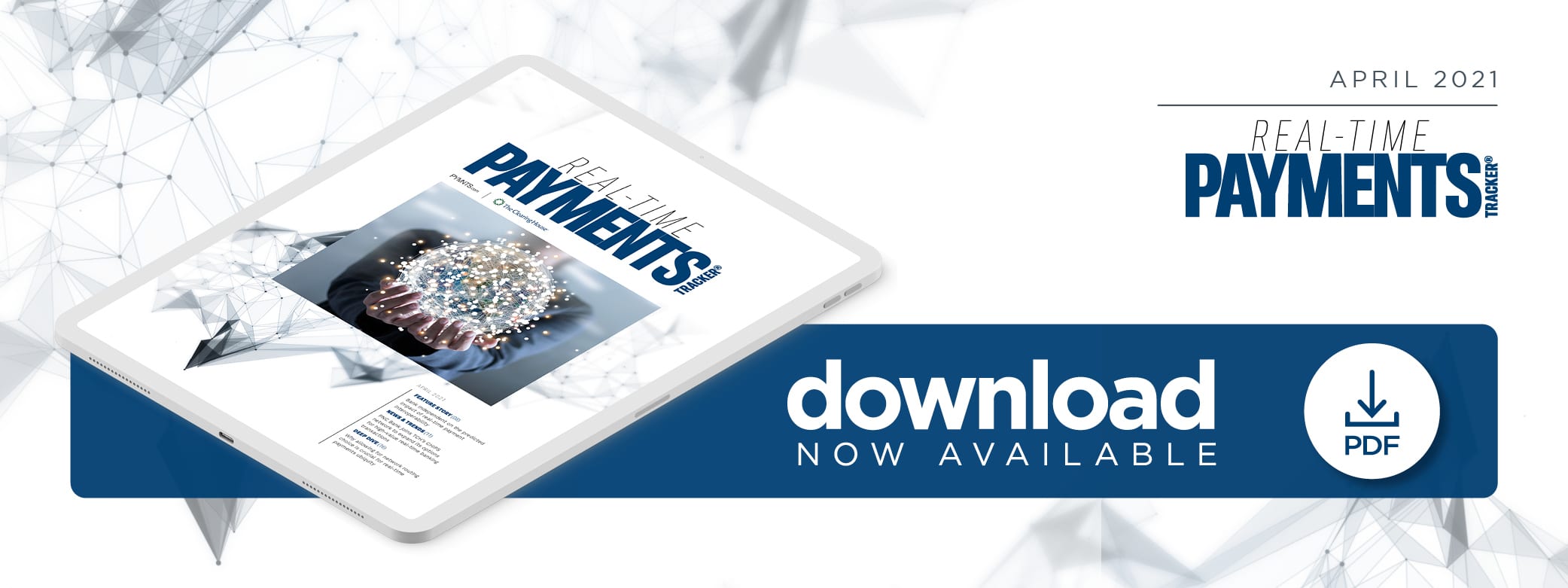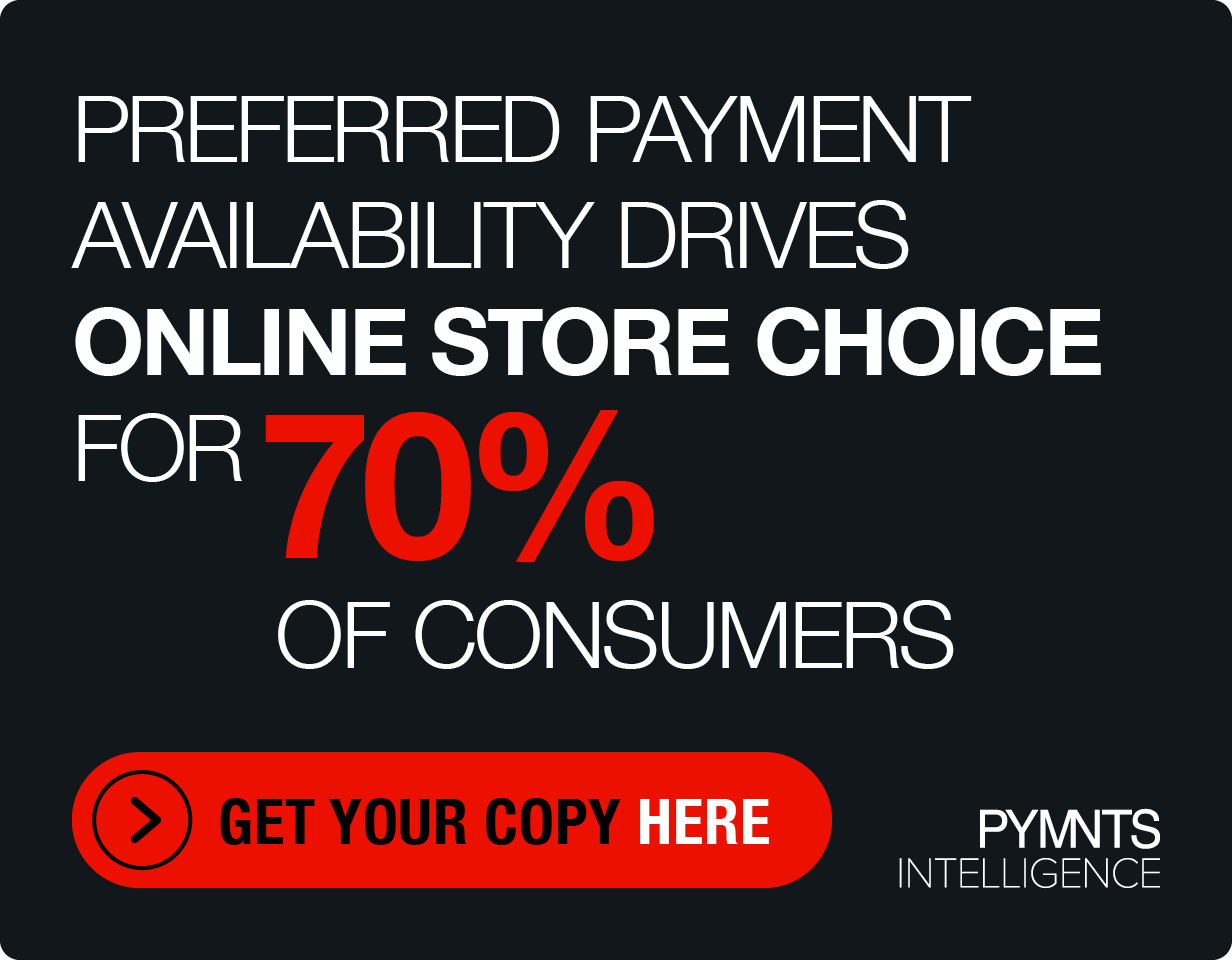Deep Dive: The Strengths And Limitations Of Real-Time Payments Rail Interoperability Strategies

Three years is a long time, and it is how long payment industry stakeholders will have to wait to see if FedNow, the instant payments service being developed by the Federal Reserve, succeeds in its pursuit of interoperability and ubiquity.
There are plenty of real-time use cases and initiatives already in the market that show the value of real-time payments, Russ Waterhouse, executive vice president of Product Development and Strategy at The Clearing House (TCH), told PYMNTS’ Karen Webster.
TCH’s RTP® network — the first new payment infrastructure built in the U.S. in more than 40 years — has been busy providing access to real-time payments since 2017. The organization stated in a September press release that more than 150 depository institutions are in the process of onboarding to the RTP network, and that banks and credit unions (CUs) that hold 70 percent of demand deposit accounts in the U.S. have the technical capacity to offer real-time payments to their customers.
The demand for an instant payment rail is clear, indicated by the surging popularity of peer-to-peer (P2P) apps among consumers and the rise in real-time push payments from card network giants like Visa. Citizens Financial Group found that as much as 90 percent of business leaders reported interest in using the RTP network last year, and 81 percent of these respondents also said the RTP network would “dramatically transform” how their business is performed.
Consumers share this enthusiasm for immediate payments, with about one-quarter of more than 2,000 surveyed U.S. consumers saying they were willing to pay a fee for real-time capabilities, especially to make tuition, contractor or P2P payments. Almost 24 percent would enroll in financial institutions (FIs) that offer these options as well, according to PYMNTS research. Simply put, this age of technological innovation spurs consumers’ demands for instant gratification.
The following Deep Dive examines the strengths and limitations of strategies for creating real-time payment rail interoperability within the U.S.
Developing An Interoperability Roadmap
Smaller banks and CUs tend to dismiss TCH’s RTP network as scarcely ubiquitous. Twenty-five of the world’s largest banks own the network, and smaller FIs feel as though these bigger institutions dominate it. Waterhouse contested this perception and stated that TCH has been working to get “the longer tail” of close to 10,000 depository institutions on board.
The road to ubiquity within the U.S. has been longer than originally believed. Like TCH, which has been working on reaching ubiquity since the RTP network launched in 2017, FedNow will start its journey to ubiquity in 2023. The Fed will have to work with each FI, mostly through their core bank platform providers, to connect to FedNow. The Fed, which has a history of working with rural depositories, iteratively narrowed its real-time payments delivery time frame and expedited its launch to market while also announcing its ISO 20022 standardized messaging format.
The U.S. Faster Payments Council (FPC), which advances faster payments in the United States, proposes three models regarding how initiatives such as the RTP network and FedNow can accomplish interoperability. There is the point of origination, where the payment originator engages two or more clearing and settlement networks to process funds; network-to-network, which works on a two-tier setup where one clearing and settlement network feeds funds to an additional processor for add-on processing; and through an intermediary, where each leg of the transaction is cleared and settled separately, much like wire transfers and checks.
The last two options appear problematic for real-time payments. Both the network-to-network and intermediary models work on the assumption that participating FIs use the same settlement network for inter-network transactions, which could potentially clog up the channel and hamper the flow of funds.
How Dialogue Could Move Us Forward
The FPC suggests that real-time payment networks will need to engage in transparent dialogue to achieve interoperability.
“When dialogue is done well, with open, transparent and representative discussion, the benefits can be extraordinary,” FPC Executive Director Reed Luhtanen explained. “Long-standing stereotypes can be dissolved, mistrust overcome, confidence built and visions and outcomes shaped.”
The need for dialogue becomes particularly acute as more real-time payments players enter the ring, and trust must be established between the United States’ primary players: the Fed and TCH. Dialogue can only go so far, however — action is also needed. That is where strategies such as FedNow using the same ISO 20022 standard and adopting the RTP messaging formats used in the existing RTP network come in. Such moves could help with message routing choice and ultimately allow payments to move on the networks as speedily as intended.

